
Mackenzie / Seaforth Highlander tartan, Spoonflower
5th Battalion, Seaforth Highlanders. 5th (Sutherland and Caithness) Battalion, Seaforth Highlanders were a territorial unit based at Golspie with the Seaforth & Cameron Brigade, Highland Division. When war broke out in August 1914, they had just departed for annual camp and were at once recalled to home base, they mobilised for full time war.
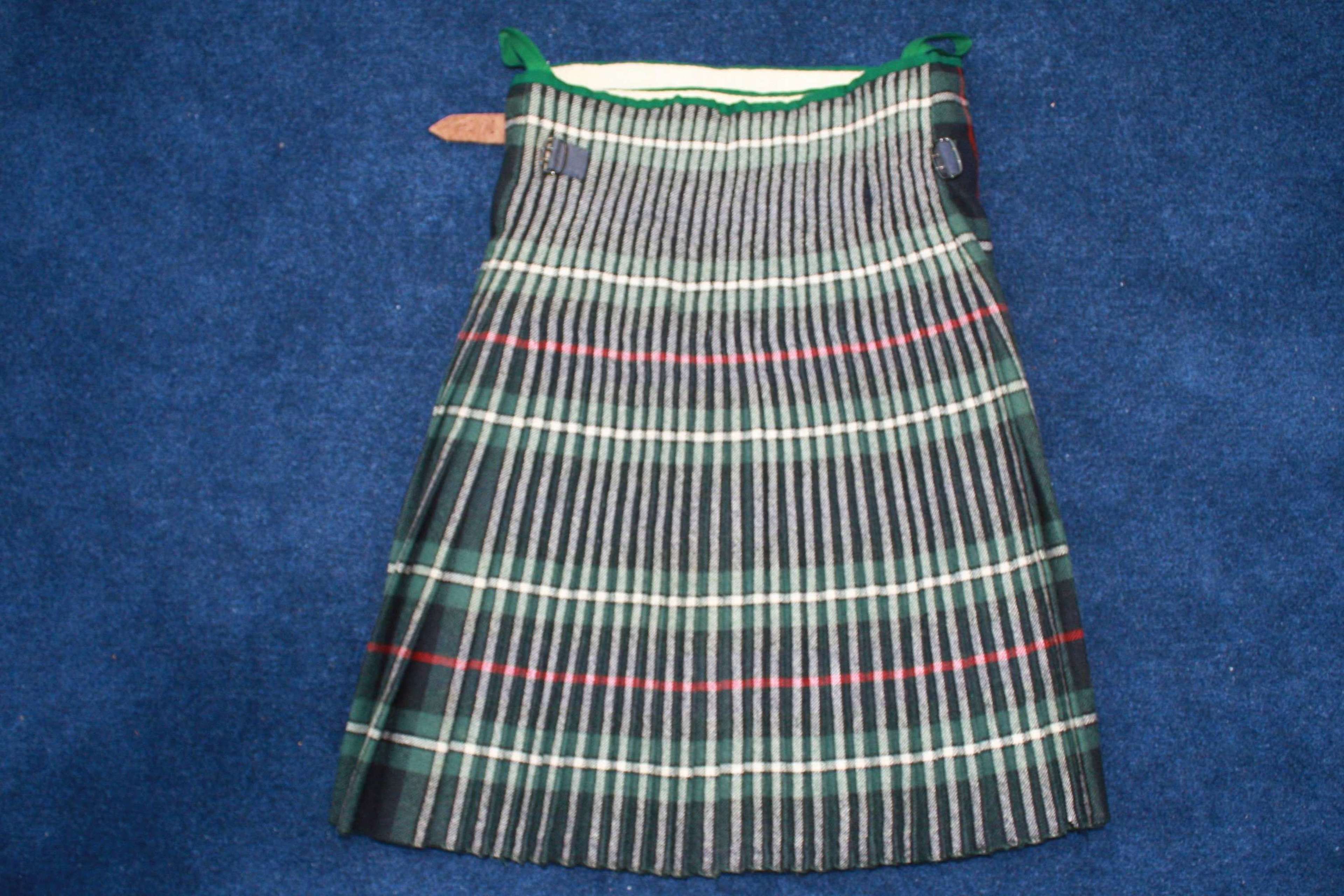
WW1 HLI or SEAFORTH HIGHLANDERS McKENZIE TARTAN KILT in Uniforms
Threadcount recorded by Kenneth F Mackenzie in the Public Register of all Arms and Bearings in Scotland, 37/127, 27 December 1949. The Mackenzie is the regimental tartan of the Seaforth Highlanders, who were raised by MacKenzie, Earl of Seaforth, in 1778. The clan held lands in Ross-shire and around Muir of Ord, but in the 12th century, they.
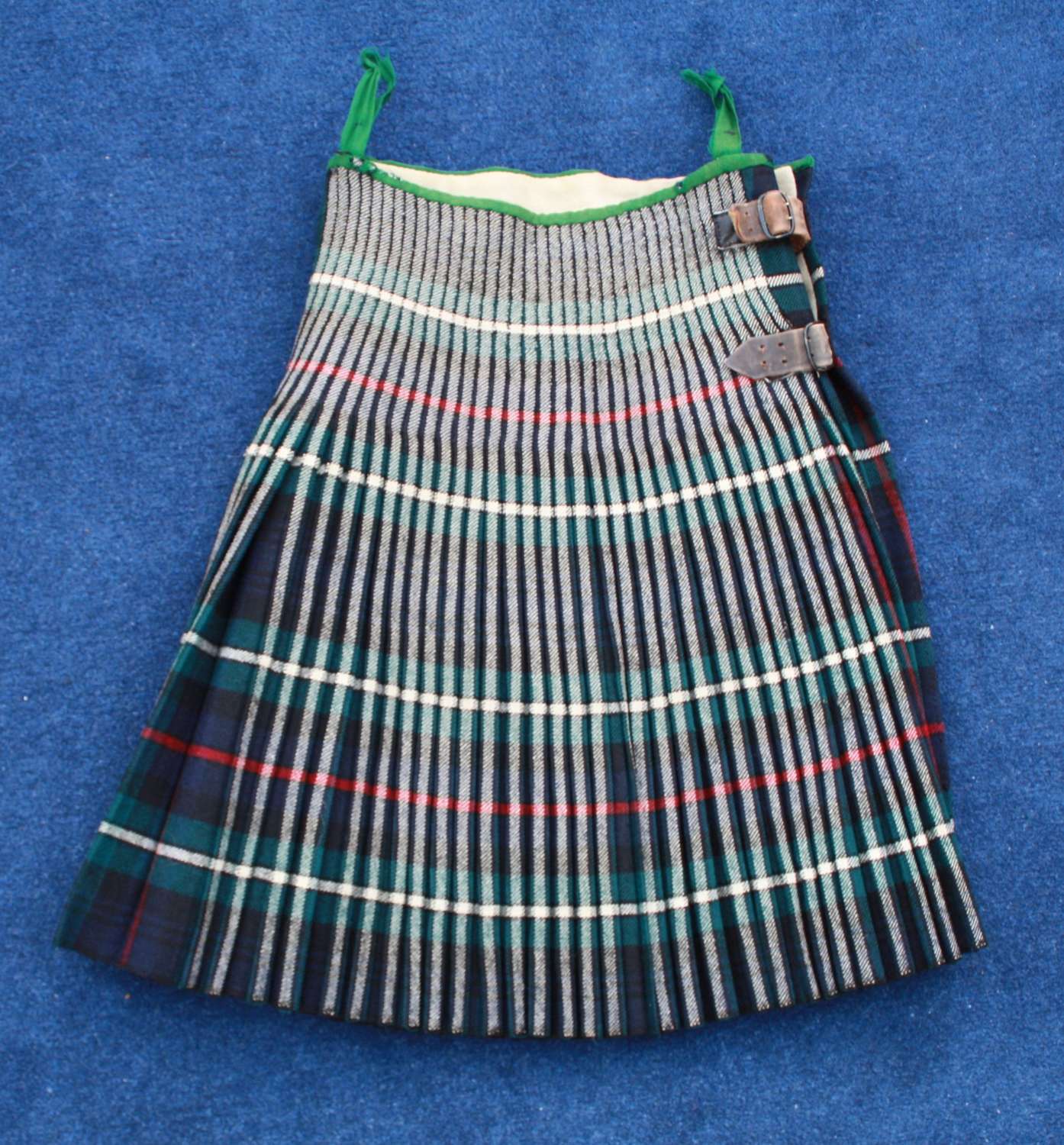
1935 Dated Seaforth Highlanders McKenzie Tartan Kiklt.
The Highlanders Museum holds hundreds of fascinating objects relating to the Seaforth Highlanders. One of the most unusual artefacts is a hand written petition dating back to 1778, just months after the regiment's formation. The 72nd Highlanders were protesting against being sent to India, which they believed went against the terms of their.
Seaforth highlanders Mackenzie tartan kilt in Kirriemuir, Angus Gumtree
Clan MacKenzie Tartan. All the Mackenzie tartans are variants on that worn by the regiment raised for the British army in 1778 by the clan chief Lord Seaforth (the 78th Foot). The variations are those of the shade or tone of the green and blue colours that make up the background upon which the red and white stripes are set.

Mackenzie / Seaforth Highlander tartan, Spoonflower
The tartan is the regimental tartan of the Seaforth Highlanders, which was raised in 1778 by the Earl of Seaforth. The tartan is recorded in the Collection of the Highland Society of London in 1816. The tartan is worn by members of the Royal Military College of Canada Pipes and Drums band. Mackenzie dress. Mackenzie hunting.

Home
Seaforth Highlanders of Canada Centennial . Seaforth Highlanders of Canada (1910 Sett) MacKenzie (Seaforth) Highland No 2 . Seaforth Estate Check. Tartan designer. Understanding tartans and tweeds. Information. Help centre. CLAN blog. Our brands. Dispatch & shipping. Terms & conditions. Deals & Offers. Gift vouchers.
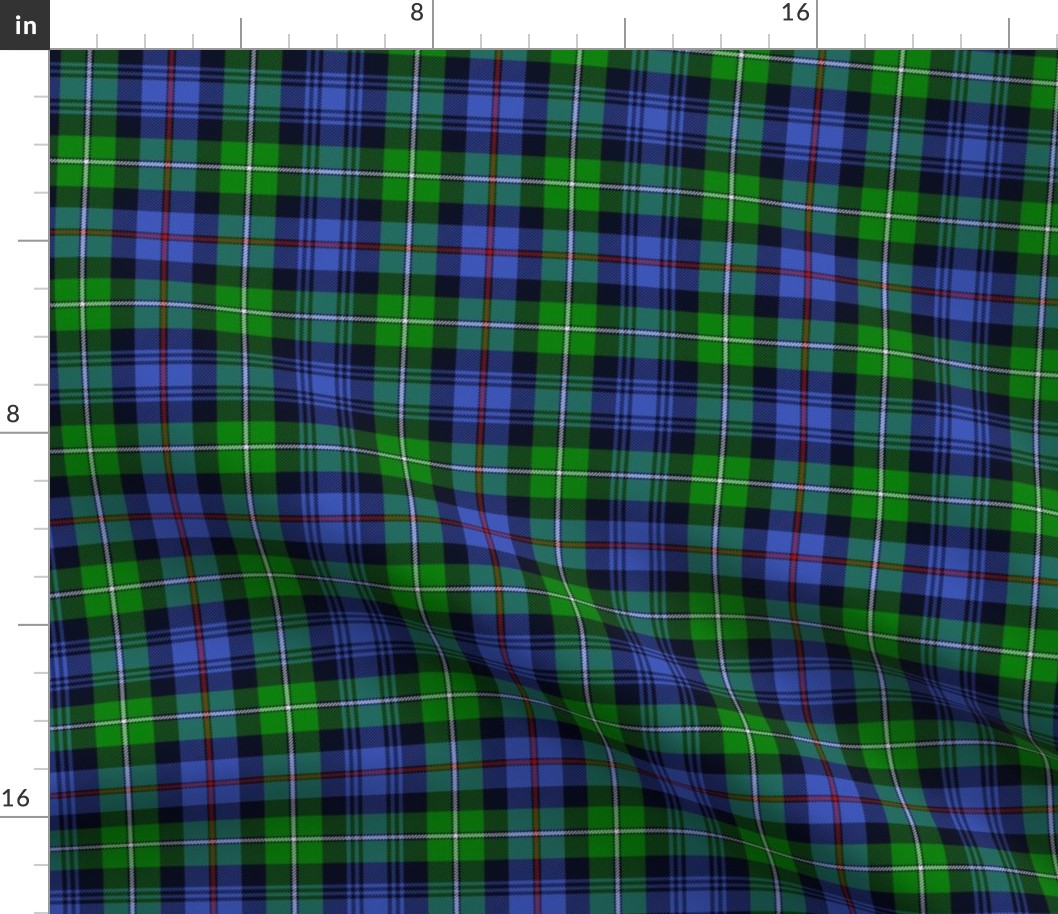
Mackenzie / Seaforth Highlander tartan, Spoonflower
Belgium Three miles north of Ypres on the road to Poelkapelle in southern Belgium there is a small military graveyard called Seaforth Cemetery. The cemetery contains the bodies of 99 officers and men of the 2 nd Battalion Seaforth Highlanders who fell attacking St. Julien on 25 th and 26 th April 1915.

Seaforth Highlanders Tartan fashion, Celtic clothing, Tartan kilt
The Mackenzie Tartan is the regimental tartan of the Seaforth Highlanders, which were raised by Mackenzie, Earl of Seaforth in 1778. Wilson's 1819 pattern book records various widths and weights of cloth suitable for different ranks in the regiment.
Seaforth Highlander Mackenzie Tartan Kilt in Inverness, Highland Gumtree
During the 18th century, the chief of the clan - Francis MacKenzie, 1st Baron Seaforth - created several now famous regiments from members of his clan. the regiments he created include the Highland Light Infantry and the Seaforth Highlanders. these regiments fought in Clan MacKenzies tartan.

Pin on Castle Scotland
Regimental tartans are tartan patterns used in military uniforms, possibly originally by some militias of Scottish clans, certainly later by some of the Independent Highland Companies (IHCs) raised by the British government, then by the Highland regiments and many Lowland regiments of the British Army, and eventually by some military units in ot.

Seaforth Highlanders Tartan Trews and Jacket
Tartans. The Mackenzie Tartan is the regimental tartan of the Seaforth Highlanders, which were raised by Mackenzie, Earl of Seaforth in 1778.Wilson's 1819 pattern book records various widths and weights of cloth suitable for different ranks in the regiment. There is a certified sample in the Collection of the Highland Society of London, signed by Mrs Mackenzie of Seaforth, 1816.

First World War, Seaforth Highlanders World war one, Kilt, Men in kilts
The Highlanders, 4th Battalion, Royal Regiment of Scotland ( 4 SCOTS) is an infantry battalion of the Royal Regiment of Scotland . Prior to 28 March 2006, the Highlanders was an infantry regiment in its own right; The Highlanders (Seaforth, Gordons and Camerons), part of the Scottish Division.

Mackenzie Tartan. Traditional regimental tartan of the Seaforth Highlanders (72nd and 78th
The Mackenzie tartan, one of the most popular ones, which was first worn as a uniform among the Seaforth Highlanders, the British Army infantry regiment from Northern Scotland, as established by the Earl of Seaforth in 1778, can today be spotted on the Pipes and Drums Band of the Royal Military College of Canada.
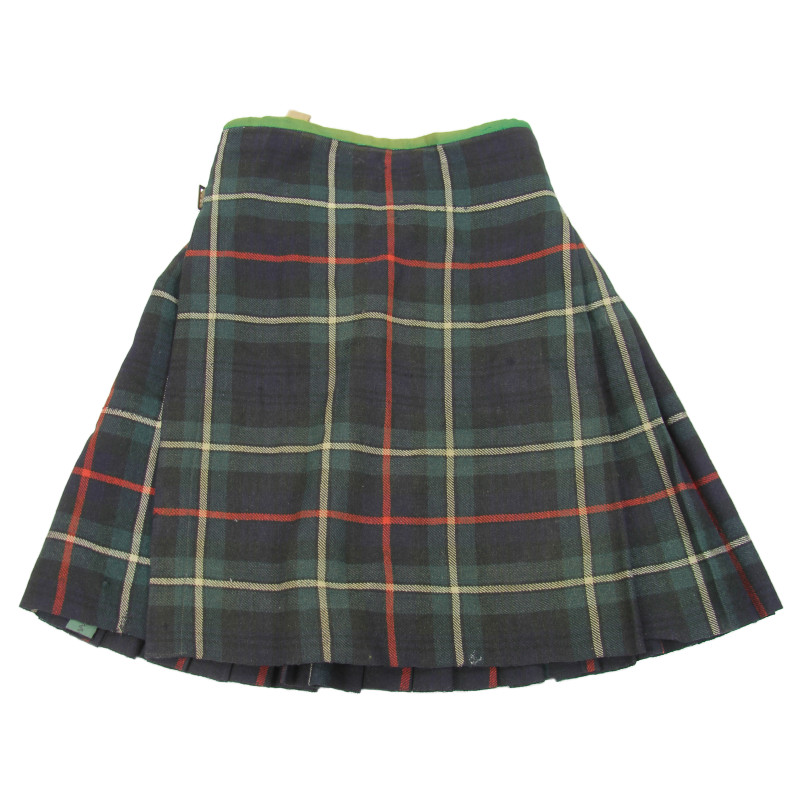
Kilt, tartan Mackenzie, Seaforth Highlanders & Highland Light Infantry
Seaforth Highlanders were one of the most renowned and revered regiments of the British Army and were involved in a variety of wars and conflicts that included the American War of Independence, the Napoleonic Wars, and both World War I and World War II.

MacKenzie Seaforth Highland No 2 (Modern Colours) Tartan
The Tartan The Mackenzie Tartan is the regimental tartan of the Seaforth Highlanders, which were raised by Mackenzie, Earl of Seaforth in 1778. Wilson's 1819 pattern book records various widths and weights of cloth suitable for different ranks in the regiment.
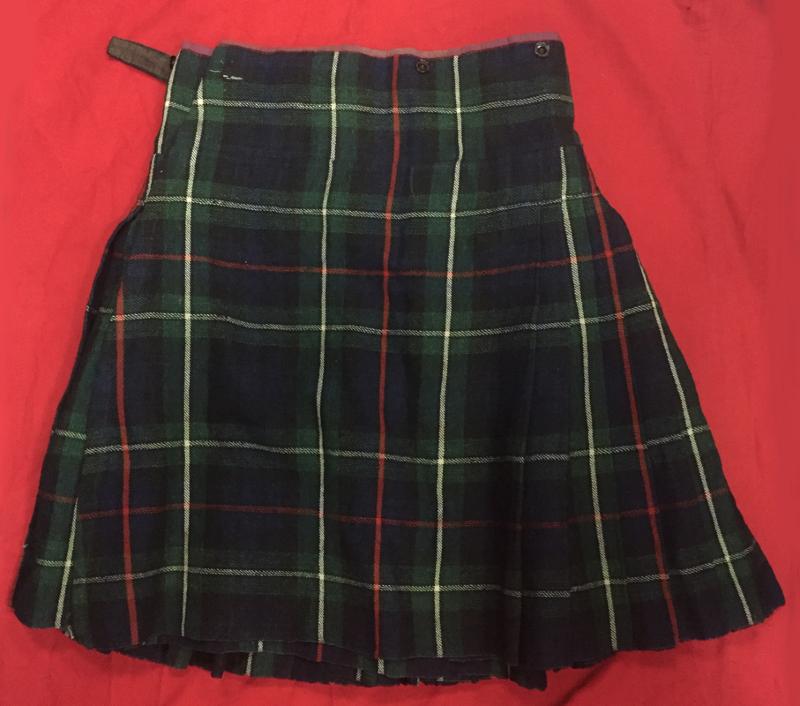
WW1 Scottish Private Purchase Seaforth Highlanders Kilt
The Mackenzie tartan, otherwise known as the regimental tartan of the Seaforth Highlanders. The 2nd and 4th Battalions were also part of the BEF in 1940 serving in the 51st (Highland) Division. The 5th Bn. of the Regiment was a territorial unit in both World Wars and recruited in the counties of Sutherland and Caithness.